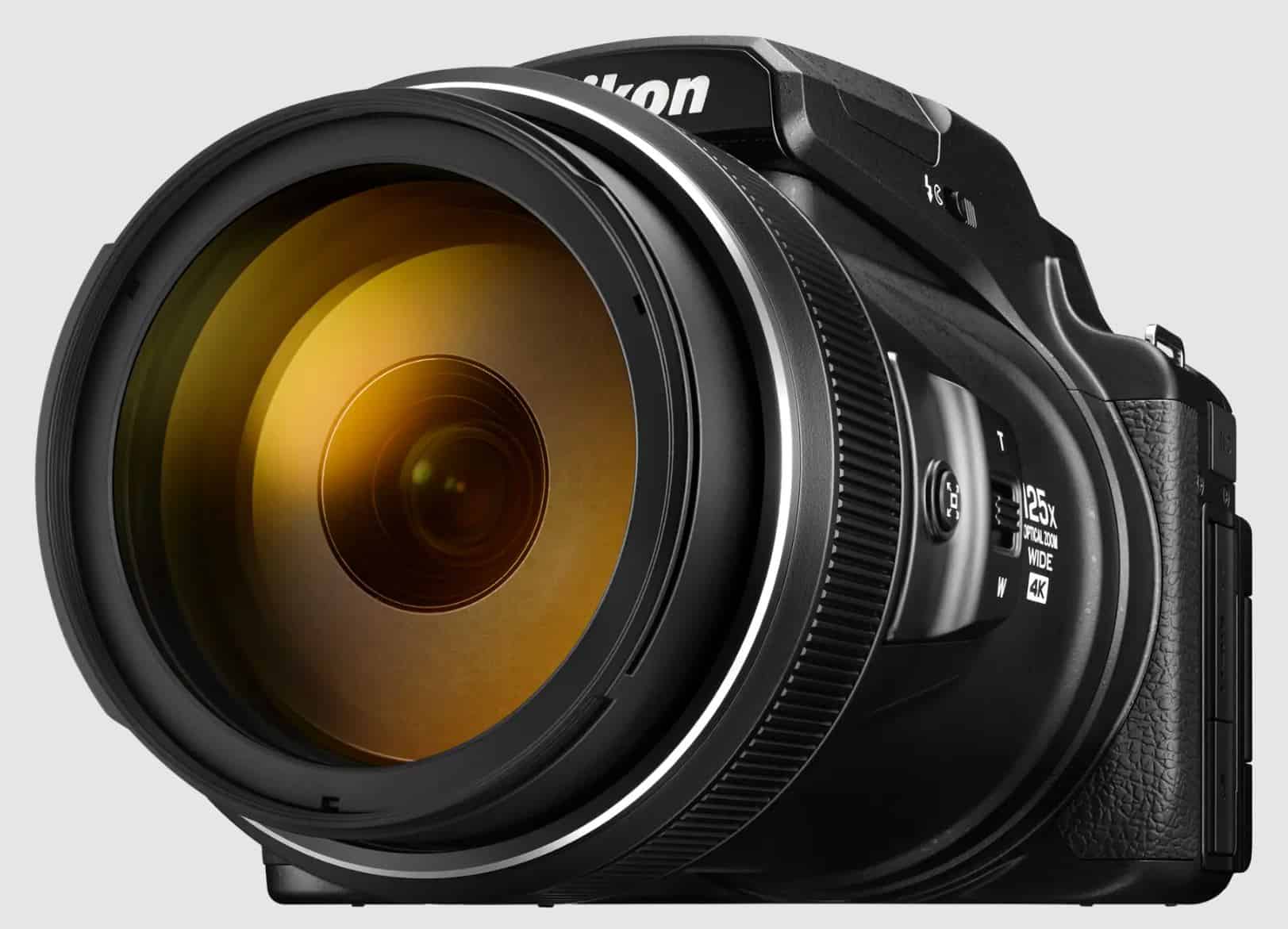The Nikon P1000 is a remarkable bridge camera renowned for its extensive zoom capabilities, making it a favorite among astrophotographers. One of the most compelling uses of this camera is capturing images of celestial bodies, such as the stunning planet Saturn. This article explores the capabilities of the Nikon P1000 for photographing Saturn and provides tips for enthusiasts eager to document the beauty of this gas giant and its iconic rings.
The Nikon P1000 features an impressive 125x optical zoom that can reach up to 3000mm equivalent focal length. Such a powerful zoom is crucial for planetary photography, where even a small improvement in magnification can reveal previously unseen details. When aiming to photograph Saturn, the camera’s long focal length allows photographers to fill the frame with this magnificent planet, showcasing its rings and atmospheric details.
To effectively capture images of Saturn, it’s important to understand the right settings and techniques. Using the manual mode on the Nikon P1000, photographers can experiment with exposure settings, aperture, and ISO to achieve the best results. Generally, a fast shutter speed is beneficial to minimize motion blur, especially when photographing celestial objects that may shift slightly due to the Earth’s rotation. Setting a low ISO can enhance image quality by reducing noise, particularly when capturing in darker conditions.
Moreover, utilizing a tripod is essential for steady shots, especially at high zoom levels. Even the slight tremors from hand-held shooting can cause blurred images. Additionally, using a remote shutter release or the camera’s self-timer function can further eliminate vibrations, ensuring sharp focus on the planet.
The best times to photograph Saturn are when it is in opposition, which occurs roughly every 378 days. During opposition, Saturn is closest to Earth, making it brighter and easier to capture in detail. Planning your photography sessions around this timing can yield the most stunning results, allowing photographers to witness and document the majestic beauty of Saturn in its full glory.
Once you have captured your images, pairing them with astrophotography software can help enhance the details in your photographs. Programs like RegiStax and DeepSkyStacker allow users to stack multiple images, resulting in clearer and more detailed views of planets. This can be particularly useful when working with the Nikon P1000’s images of Saturn, as processing can reveal stunning aspects of the planet’s rings and surface textures that might not be visible in single frames.
In conclusion, the Nikon P1000 is an excellent tool for those wishing to capture the awe-inspiring planet Saturn. With its remarkable zoom capabilities, careful planning, and the right techniques, amateur and professional photographers alike can create stunning images that contribute to their understanding of our solar system. The beauty of Saturn, with its striking rings and unique appearance, is truly one of the highlights of astrophotography, and the Nikon P1000 makes it more accessible than ever.
Unlocking the Cosmos: Tips, Life Hacks, and Facts for Astrophotography with the Nikon P1000
The pursuit of cosmic photography, especially of celestial giants like Saturn, can be both exhilarating and rewarding. With the Nikon P1000, along with proper techniques and insights, you can elevate your astrophotography skills to capture stunning images of the night sky. Here are some valuable tips, life hacks, and interesting facts that can help you on your photographic journey through the stars.
1. Know Your Equipment: Familiarizing yourself with the Nikon P1000 before heading out is crucial. Take time to practice the controls and settings so you can adjust them quickly during a shoot. Understand how to access manual settings, as this will allow you to make necessary adjustments on the fly.
2. Use a Stable Setup: Though we mentioned the importance of a tripod, consider investing in a high-quality tripod with a fluid head for smoother movements. If you’re shooting in windy conditions, use sandbags to stabilize your tripod for clearer images.
3. Optimal Focusing: Focusing on bright celestial objects like Saturn can be tricky. Use live view mode to zoom in on the planet for precise focusing. This will help you achieve the sharpness necessary for detailed shots of the rings.
4. Experiment with Filters: Consider using filters to improve image quality. A neutral density filter can help reduce glare from bright celestial bodies and prevent overexposure. A moon filter can also be beneficial for capturing Saturn when the moon is bright.
5. Plan Your Shots: Utilize apps like SkySafari or Stellarium to plan your photography sessions. These apps provide real-time information about celestial events, such as Saturn’s position and visibility, ensuring you capture the best images during optimal conditions.
6. Integrate Light Pollution Solutions: If you’re shooting from a light-polluted area, consider using light pollution filters. These filters can help isolate the light from celestial sources, improving clarity and contrast in your images.
7. Stack and Process Creatively: Beyond using software like RegiStax and DeepSkyStacker, dive into programs like Adobe Lightroom or Photoshop for post-processing enhancements. Adjusting contrast and brightness can bring out the details in Saturn’s rings and atmosphere after stacking your images.
8. Participate in Community Events: Join local astronomy clubs or online astrophotography forums. Sharing experiences and receiving feedback can considerably enhance your skills. Groups often hold star parties, where enthusiasts gather with their equipment to share knowledge and experience.
9. Keep a Photography Journal: Documenting your shoots, including conditions, settings used, and outcomes, can help refine your techniques over time. Note any challenges faced and solutions found during your sessions with the Nikon P1000.
Interesting Fact: Saturn is not only known for its stunning rings but also for its unique hexagonal storm at the north pole, which has intrigued astronomers since it was first discovered. Capturing details of this storm could be an ambitious yet rewarding endeavor for astrophotographers.
To further explore the world of astrophotography and learn more about your Nikon P1000, be sure to check out various photography resources that can enhance your skills. Visit Nikon USA for tips, tutorials, and product support.
With these tips and insights, the cosmos opens up a world of possibilities. Happy shooting, and may your quest for the perfect shot of Saturn be successful!







